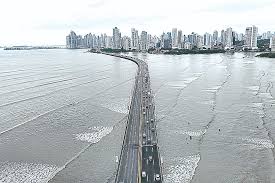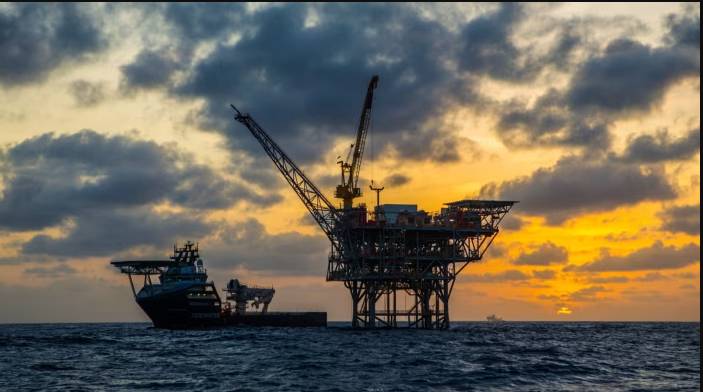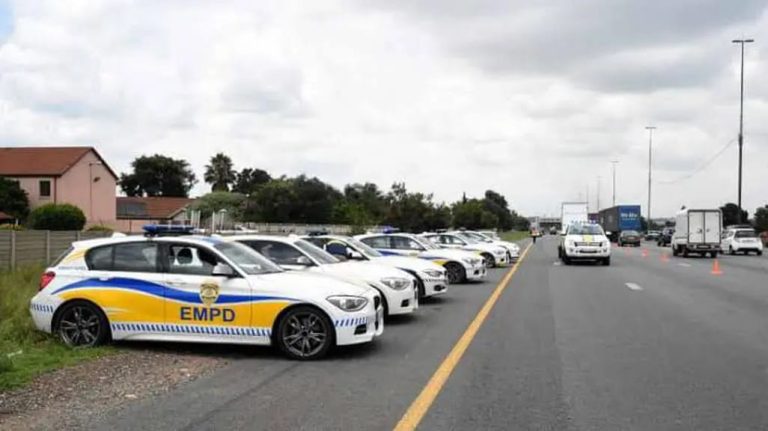
Earthquake and tsunami threaten. Image courtesy: The Times Leader
(The Post News)- Fears of a devastating tsunami across the Pacific have eased after a powerful 8.8-magnitude earthquake struck off Russia’s sparsely populated Kamchatka Peninsula. However, communities along South America’s Pacific coast carried out evacuations and closed beaches as a precautionary measure. The quake prompted warnings and evacuations in several countries, including Japan and Hawaii.
The massive earthquake triggered tsunami warnings, sending people fleeing to rooftops in Japan and forcing tourists out of beachfront hotels in Hawaii. The island traffic was snarled, and millions of people were told to move away from the shore or seek high ground. One death was reported in Japan, and several people were hurt while rushing out of buildings in Russia.
The dire warnings following the quake evoked memories of catastrophic damage caused by tsunamis this century. In Japan, people flocked to evacuation centers, hilltop parks, and rooftops in towns on the Pacific coast with fresh memories of the 2011 earthquake and tsunami that caused a nuclear disaster. Cars jammed streets and highways in Honolulu, with traffic at a standstill even far from the sea.
“We’ve got water, we got some snacks… we’re going to stay elevated,” said Jimmy Markowski, whose family from Hot Springs, Arkansas, fled their Waikiki beach resort before evacuation orders were lifted. “This is our first tsunami warning ever. So this is all new to us.” The family took necessary precautions to ensure their safety.U.S. Secretary of Homeland Security Kristi Noem said the worst had passed, and tsunami advisories for Hawaii, Alaska, Oregon, and Washington state were canceled later in the day. However, advisories remained for parts of northern California, where authorities warned of strong currents and potential flooding.
Experts say it’s challenging to know when to drop advisories, which signal the potential for strong currents, dangerous waves, and flooding. “It’s kind of hard to predict because this is such an impactful event and has created so many of these waves passing by,” said Dave Snider, tsunami warning coordinator for the National Tsunami Warning Center in Alaska.
The earthquake was one of the strongest recorded, with a magnitude of 8.8. It occurred along the “Ring of Fire,” a series of seismic faults around the Pacific Ocean. Multiple aftershocks as strong as 6.9 magnitude followed, and Russia’s Oceanology Institute reported tsunami waves of less than 6 meters (20 feet) near populated areas of the peninsula.
In South America, three countries (Colombia, Ecuador, and Peru) lifted their tsunami warnings, while Chile maintained alerts along most of its coastline. Chile’s Interior Minister Álvaro Elizalde said evacuation orders remain in force in areas with alerts in place, and schools will be closed again on Thursday.
Hawaii downgraded its tsunami advisory, and evacuation orders on the Big Island and Oahu were lifted. “As you return home, still stay off the beach and stay out of the water,” said James Barros, administrator of the Hawaii Emergency Management Agency. Authorities warned of potential risks and strong currents.In northern California, tsunami waves of 3.6 feet (1.1 meters) were recorded in Crescent City, which has a history of tsunami disasters. Even waves of just several feet high might pose a significant risk, according to Diego Melgar, director of Cascadia Region Earthquake Science Center at the University of Oregon.
Russian regions reported limited damage, with a kindergarten damaged in Petropavlovsk-Kamchatsky and flooding in the Kuril Islands. A video released by a Russian media outlet showed doctors at a cancer clinic on Kamchatka holding a patient and clutching medical equipment as the quake rocked an operating room.
Hot weather affected Japan’s evacuations, with one death reported and several people injured or suffering heat-related illnesses. A woman in her 50s died after falling from a cliffside road while driving to an evacuation center in the Mie prefecture in central Japan. Another 10 people were injured while heading to take shelter, and 11 others were taken to a hospital after developing symptoms of heat illness while taking shelter in the hot weather.




